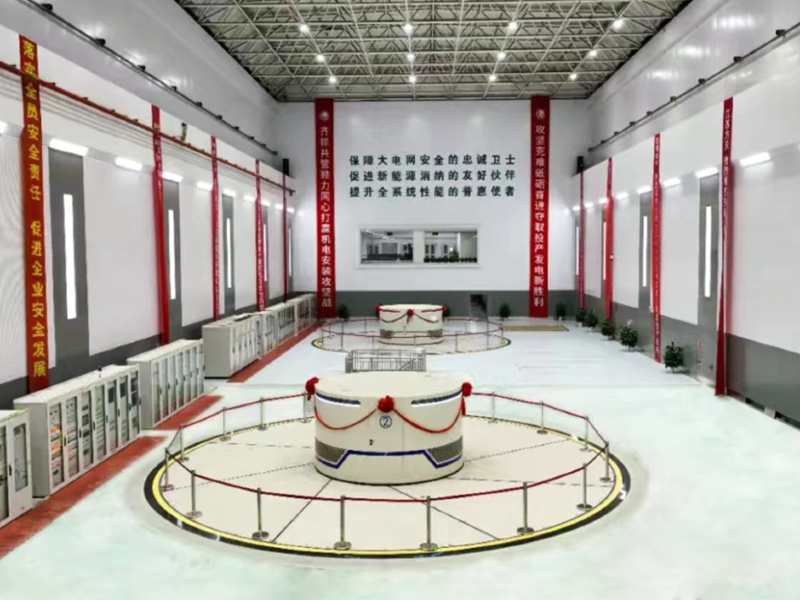All four units of the 1.2GW Jinzhai pumped storage hydro plant have been connected to the grid and completed 15 days of trial operation, meaning all units are now commercially operational.
Anhui Jinzhai Pumped Storage Power Co. Ltd., one of the divisions of State Grid Xin Yuan, signed a contract with GE Hydro Solutions in 2017 to supply four 300MW pumped storage turbines, generator-motors and balance of plant equipment for the Anhui Jinzhai pumped storage power plant in Jinzhai County, Anhui Province, China.
The first two units were connected to the grid in October 2022.
Have you read?
Five energy storage technologies you should be watching
Estonian mine to be turned into pumped hydro facility
The Jinzhai plant will play a key role in the journey to a stronger energy mix in the country, GE said. The Jinzhai pumped storage station will save up to 120,000 tons of coal and reduce 240,000 tons of carbon dioxide emissions every year.
“The Jinzhai pumped storage project now fully operational will provide for a huge amount of clean energy to China and will help stabilize the grid to ultimately help integrate more renewable energies in a reliable way,” said Pascal Radue, president and chief executive officer, GE Hydro Solutions. “And the beauty of hydropower projects is that it is set to be operational for the very long term, about 80 years, meaning that the project will provide affordable energy for several generations to come.”
GE Renewable Energy, a part of the GE Vernova portfolio of energy businesses, provides onshore and offshore wind, blades, hydroelectric, storage, utility-scale solar, and grid solutions as well as hybrid renewables and digital services offerings. GE Vernova — comprised of the Power, Renewable Energy, Digital and Energy Financial Services businesses — focused on supporting customers’ transformations during the global energy transition.
Originally published on hydroreview.com
